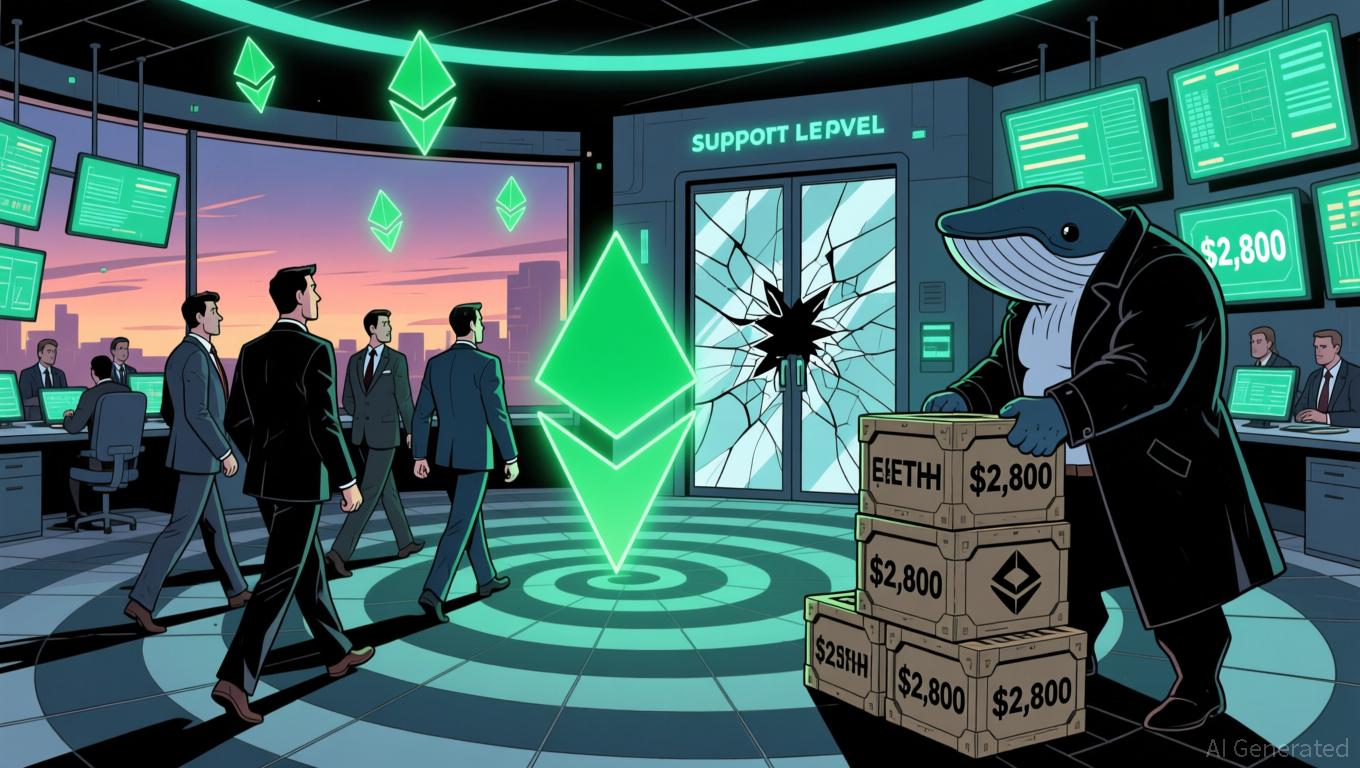Ethereum's MVRV Z-Score, a significant on-chain indicator reflecting investor sentiment, has dropped to 0.29, hinting at a possible buying window as accumulation continues. Historically, such levels have often preceded strong buying opportunities, which is consistent with
technical signals indicating Ethereum may soon exit
its prolonged consolidation period and move toward the $8,500–$9,000 range. The cryptocurrency has recently retested major support zones, with retail and institutional investors showing contrasting behaviors: smaller holders have
scaled back their positions
, while major investors holding over 10,000 ETH have been increasing their stakes.
Institutional appetite is further demonstrated by unprecedented inflows into Ethereum-focused ETFs. On November 24, U.S. spot ETH ETFs saw net inflows of $92.28 million, ending a 10-day streak of outflows.
BlackRock's ETHA fund was at the forefront
with $88.22 million in new investments, signaling renewed interest from established financial institutions. This stands in contrast to previous outflows, such as the $261.59 million withdrawn in a single day on November 20, which
underscored prevailing market doubts
. The surge in ETF activity is not isolated: Grayscale’s Mini ETH fund attracted $9.81 million, and 21Shares’ CETH brought in $740,000, though these smaller inflows highlight the selective approach of institutional investors
according to BitcoinWorld
.
Since 2021, Ethereum’s technical setup has formed a “coiling” pattern, with experts observing that lengthy consolidation phases often precede major upward moves.
CryptoAnup’s commentary on X points out
that Ethereum has consistently challenged a key trendline, building momentum for a potential surge. The MVRV Z-Score’s negative readings since 2016 have typically coincided with accumulation periods, laying the groundwork for a bullish breakout. Should
Ethereum
surpass $9,000, it would be in line with
on-chain data showing less retail involvement
and greater accumulation by large holders.
BlackRock’s impact is not limited to ETF inflows. The asset management giant has also submitted an application for a staked Ethereum ETF in Delaware, a move that could challenge current digital asset treasury (DAT) frameworks. By introducing a cost-effective, yield-generating product,
BlackRock
could
put pressure on DATs
, which are already under scrutiny for unclear fee models and falling net asset values. This shift comes as DATs such as BitMine Immersion Technologies are dealing with
unrealized ETH losses totaling $3.7 billion
, with mNAV ratios below 1 making it harder to raise new capital.
Despite the positive sentiment around ETFs, Ethereum’s price has struggled to regain the $2,800 mark, having dropped 28.9% over the past month. Fidelity’s FETH contributed to a $95.4 million inflow on November 21, but
BlackRock’s ETHA experienced $53.68 million in outflows
, reflecting mixed signals. The disconnect between ETF inflows and price movement highlights ongoing market turbulence, with Bitcoin showing more stability compared to Ethereum’s weaker performance. Nevertheless,
experts believe that institutional investments and technical trends
could mark a turning point, especially if BlackRock’s staking ETF secures regulatory approval.
The convergence of on-chain analytics, ETF trends, and institutional maneuvers indicates that Ethereum is at a critical crossroads. A decisive breakout could confirm the long-term accumulation thesis, while regulatory progress and innovative products like staking ETFs may solidify Ethereum’s position in mainstream finance.
